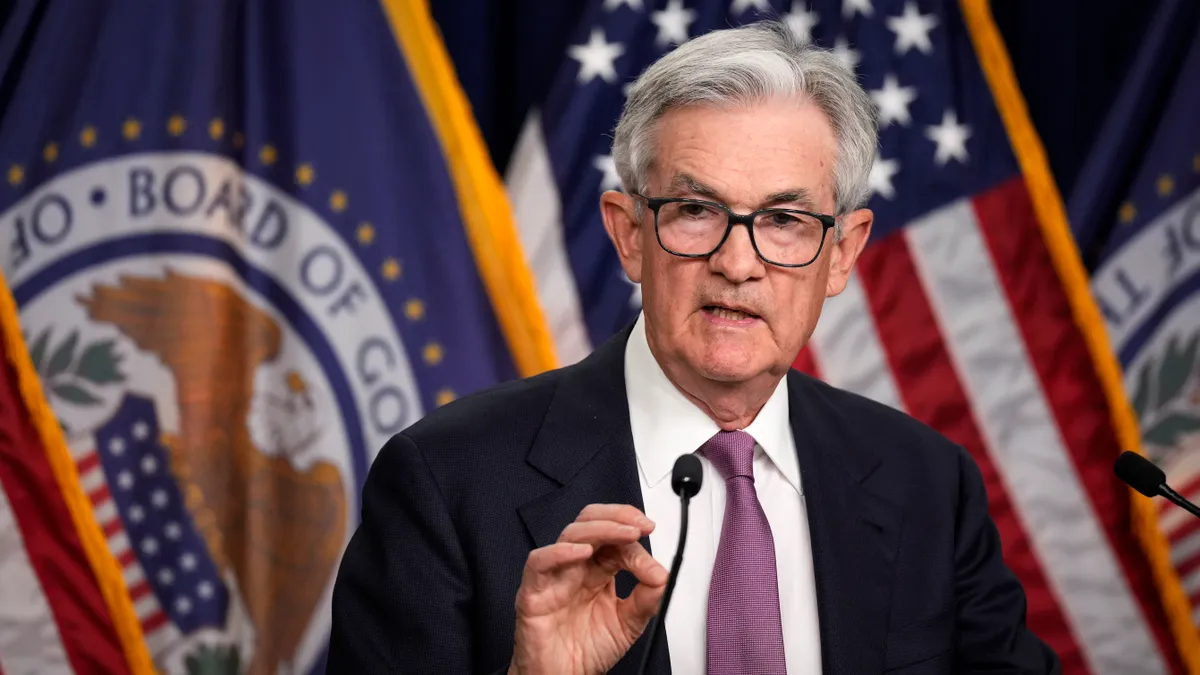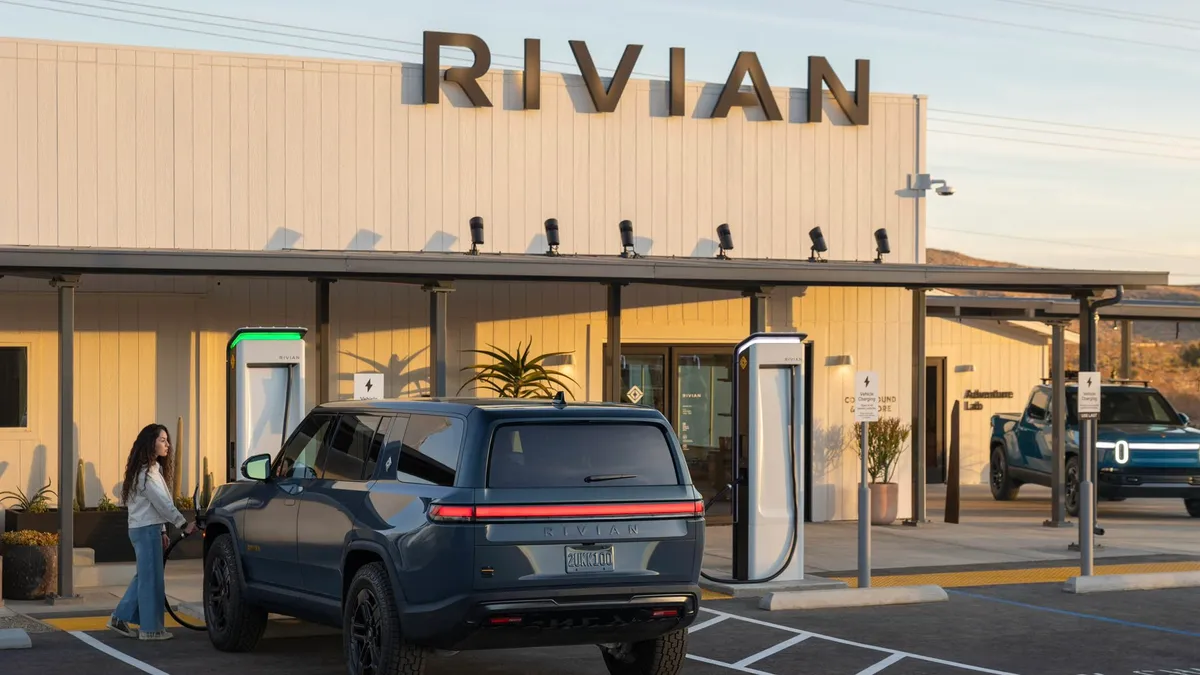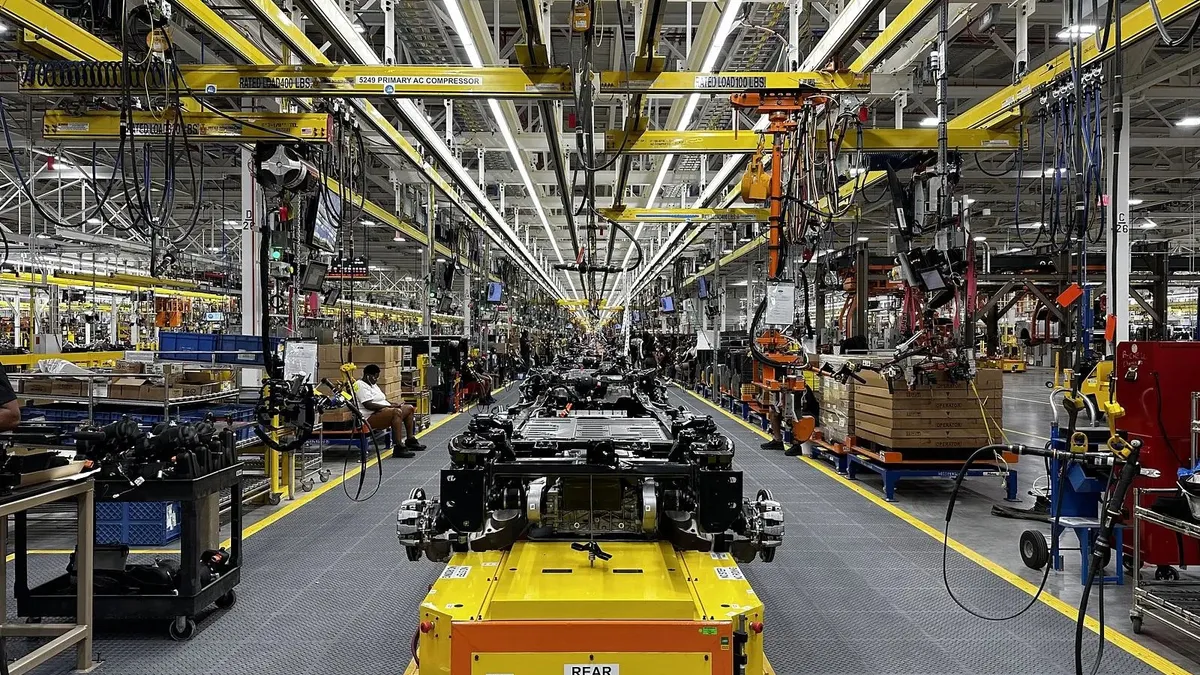Dive Brief:
- The Federal Reserve raised the main interest rate by a quarter percentage point on Wednesday after a two-day meeting, resuming the upward rate momentum after pressing pause on rate hikes last month following 10 consecutive increases.
- Policymakers choose to raise rates to a range between 5.25% to 5.5% — its highest since 2001 — despite signs of slowing inflation.
- The Fed has covered “a lot of ground, and the full effects of our tightening are yet to be felt,” Fed Chair Jerome Powell said Wednesday during a press conference following the meeting.
Dive Insight:
Powell reiterated the Fed’s commitment to bringing inflation down to its 2% target, while acknowledging the process still has “a long way to go.”
The Fed’s decision to once again increase interest rates after holding them unchanged last month was anticipated by economists, with most expecting policymakers to push up rates once more in their bid to quell inflation, according to a Bloomberg survey released earlier this week.
Policymakers landed on the decision despite signs of progress in its most aggressive battle against inflation in 40 years, with inflation in June increasing by 4.8%, the lowest annual rate in over two years, according to the Labor Department.
However, the slowdown still far exceeded the Fed’s 2% target, leading experts unconvinced it would persuade them to halt a potential rate hike in July, CFO Dive previously reported.
Additionally, while the core consumer price index declined last month — contributing to a boost in consumer sentiment regarding the future of the economy — the likelihood of recession has still inched upwards, according to a recent Conference Board report which predicts consumer sentiment will worsen, and, combined with a reduction in housing construction and other factors, push the U.S. economy into recession from Q3 of 2023 to Q1 of 2024.
While the June CPI was “welcome,” it is still “only one report, one month’s data,” Powell said Wednesday in response to questions.
Powell was non-committal about future upcoming rate hikes, with a hike or a hold of the federal funds rate both on the table for the Fed’s September 19-20 meeting depending on economic data, he said. The point of the June pause was to “slow down the decision cycle,” he said, noting that in September there will be two additional CPI reports among other economic data for the Fed to draw upon when making its decision.
Recent indicators show that economic activity is increasing at a “modest pace,” the Federal Open Market Committee said in a statement Wednesday, citing a “strong and resilient” banking system but that tighter credit conditions are “likely to weigh on economic activity, hiring, and inflation.”
The FOMC is remaining “highly attentive” to inflation risks, it said, noting that “in determining the extent of additional policy firming that may be appropriate to return inflation to 2 percent over time, the Committee will take into account the cumulative tightening of monetary policy, the lags with which monetary policy affects economic activity and inflation, and economic and financial developments.”
The decision to further increase rates comes as the Fed will likely face more challenges as it looks to fully quash inflation, a report by Fannie Mae released last week predicted. Wage gains, low productivity growth and other factors will likely persuade the Fed to hold interest rates “higher-for-longer,” the report predicted.
The U.S. likely won’t return to 2% inflation until at least 2025, Powell said.














